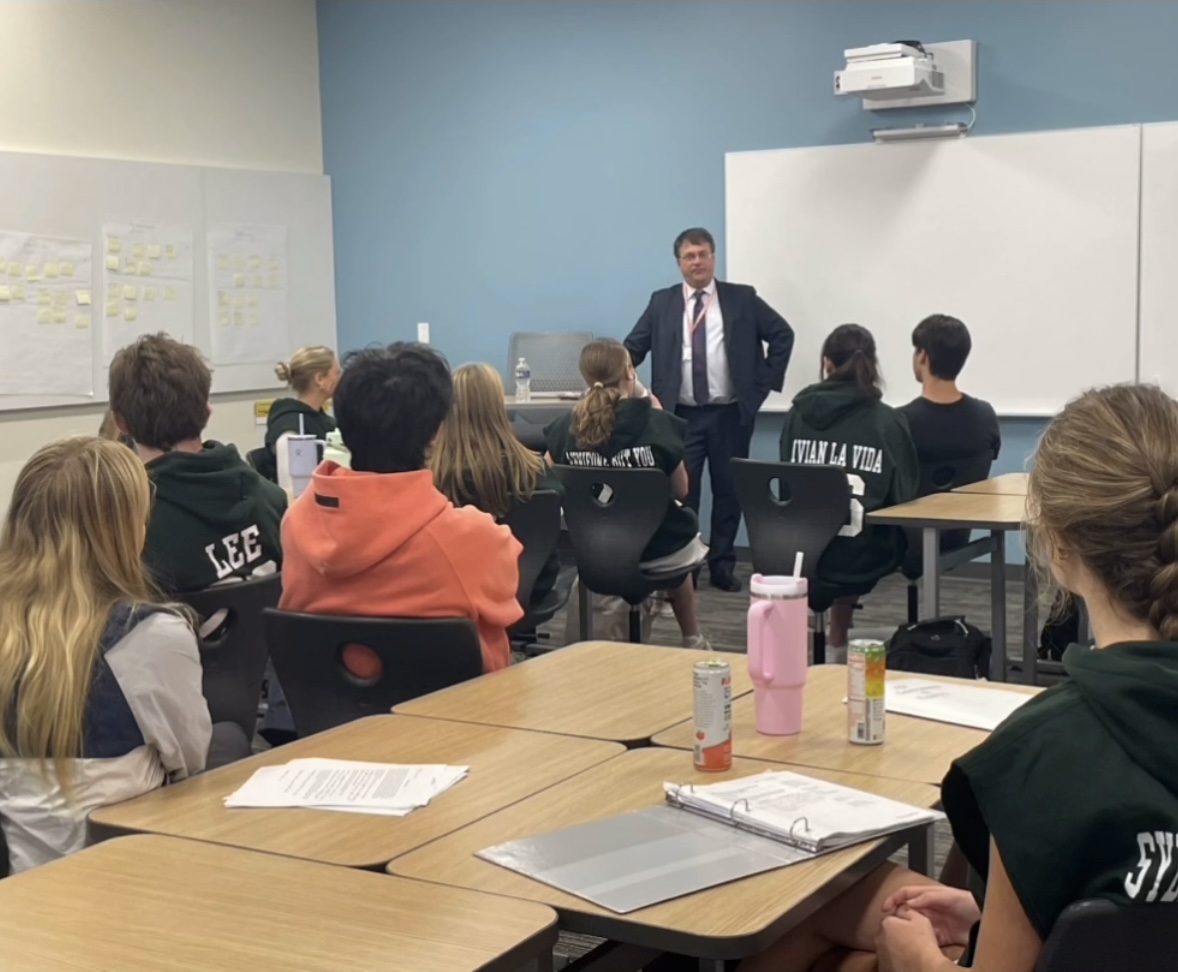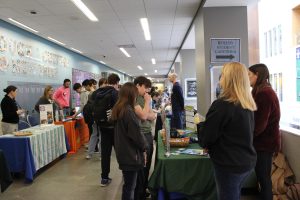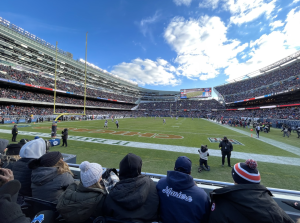Student devotes his free time to racing cars
Junior Alex Ertmann spends his weekends racing at 70 miles per hour
October 8, 2016
While most high schoolers dream of getting their licenses, Junior Alex Ertmann was driving long before he blew out his sixteen candles.
Ertmann began racing at eight years old, though back then his vehicle of choice was a Go-Kart. He raced these small, open-topped cars at races in the area. “I saw races on T.V. and knew I wanted to do it,” Ertmann said.
Originally, desiring to participate in such an unexpected activity was a challenge for Ertmann.
“My parents were nervous about it at first. My dad didn’t want me to, but I told him I was going to be fine and eventually he agreed.”
One of his father’s main concerns was speed.
“You have to understand, these cars can go up to 100 miles per hour. Alex often reaches 75 miles per hour while racing. It obviously makes us nervous,” Jim Ertmann, Ertmann’s father, said.
Yet, many safety precautions are taken to protect drivers. Cars are sized in order to protect drivers and fireproof suits are worn while driving.
Now, Ertmann’s father accompanies him to all of his races. “[My dad] doesn’t race, but he watches me there,” Alex Ertmann said.
Ertmann raced Go-Karts until last year, when he turned sixteen and began racing in Mini Cups. These races are open to anyone age eight or up. The cars used are similar to those in professional races, though they’re half the size. According to World Wide Motor Sports, the “goal of the series is to provide an inexpensive, entry level stock car racing experience for new drivers.”
The races are held nationwide, though, as Ertmann discovered, they’re often not held in the area. He regularly travels to Rockford or Morris, Illinois, as well as Anderson, Indiana and Madison, Wisconsin. “There’s really nothing around here,” he said. He races every Saturday.
Ertmann’s whole family makes his racing a priority. However, managing such a time consuming activity can be difficult. Races can take up a full day and, if they’re far away, Ertmann and his father stay overnight.
“We have two other kids,” Jim Ertmann said. “It’s hard to juggle all of the races, while still being present for their activities.”
Often times, Jim Ertmann and his wife need to plan ahead, one tending to Alex Ertmann and one to the other kids.
Yet, the races themselves provide a host of other challenges, primarily involving crashes.
According to USA Today, 38% of NASCAR racers don’t finish races due to crashing. While Ertmann is not competing at such a competitive level, the commonality of crashing is still present at the Mini Cup level.
And while he’s never crashed, Alex Ertmann has had some close calls. He said, “I’ve spun out a few times, but haven’t hit anything. It’s really nerve wracking.”
Robbie Gobeli, junior, shares an advisory with Ertmann. “Yeah, there are dangers in racing,” Gobeli said, “but cars are so safe these days and there are so many regulations to prevent those things from happening.”
The risks are clear to Ertmann. “It’s actually pretty scary seeing people crash,” he said. “I’ve managed to get my way around them without hitting anything. I’ve just seen them, but it’s scary.”
Despite the risks, racing is what Ertmann loves to do. Gobeli, too, loves racing, though he doesn’t participate himself. “It’s so cool how passionate Alex is about racing. We talk about it all the time. We can really bond over the shared interest.”
The benefits of racing are multifaceted. For starters, it’s improved his day to day driving. Ertmann said, “I’ve been racing since I was eight, so when I got my license, I already knew how to drive. It’s helped my ‘regular’ driving improve, for sure.”
It’s also given him immense confidence. “I love it, and I’ve won three races so far.” This season he’s already won races in Rockford, Illinois and Anderson, Indiana, as well as the Grundy Feature Race in Morris, Illinois.
There are two types of races in which Ertmann participates in: heat races and feature races. A heat race consists of ten laps and feature races are longer, requiring drivers to complete twenty five laps.
“The races aren’t always the same length,” Ertmann said. “The feature race in Anderson, Indiana was thirty laps.”
Racing has also given him the opportunity to interact with people of other ages. “There’s people younger than me, maybe eight or nine, and then there’s people in their fifties,” he said.
Despite racing alone, Lori Ertmann, Ertmann’s mother, said the activity is very social. “It’s collegial, really. Everyone helps each other, making sure everything’s running smooth and everything’s safe. It’s taught Alex to be a team player.”
Despite the risks that Ertmann faces, his parents are confident that racing is worth it. Jim Ertmann said, “Seeing him achieve his dreams, seeing him grow and mature, is incredible. It’s given us a lot of satisfaction as parents.”












































